Official government website of the Government of the Kingdom of Saudi Arabia
Links to official Saudi websites end withgov.sa
All links to official websites of government agencies in the Kingdom ofSaudi Arabia end with .gov.sa
Government websites use theHTTPSprotocol for encryption and security.
Secure websites in the Kingdom of Saudi Arabia use the HTTPS protocolfor encryption.
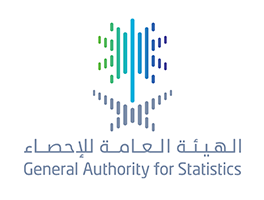
Total Number of Pilgrims in 1444 H Reaches (1,845,045)
27-06-2023
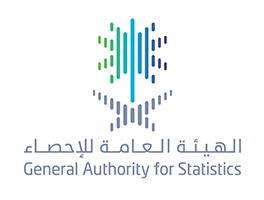
GASTAT Organizes webinar on Saudi Census 2022
20-06-2023
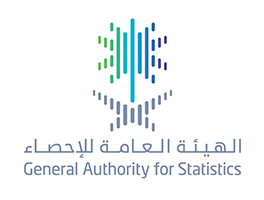
GASTAT announces total number of Umrah performers and pilgrims for 1443 /2022
20-06-2023
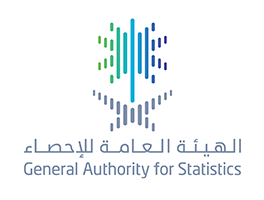
Industrial Production Index Increases by 3.2 % in April 2023
12-06-2023
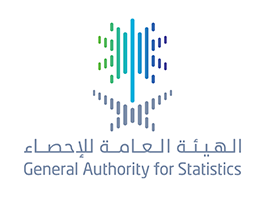
GASTAT: Saudi Economy Grows by 3.8% in Q1/2023
08-06-2023
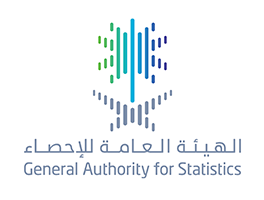
GASTAT Publishes International Trade Report for Q1 of 2023
01-06-2023
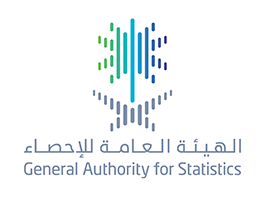
Industrial Production Index Increases by 4.1% during March 2023
11-05-2023
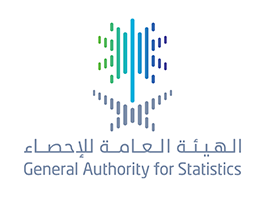
GASTAT Publishes International Trade Report for Q1 of 2023
09-03-2023
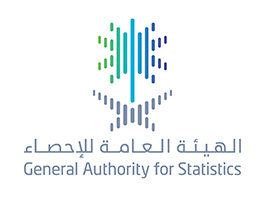
Industrial Production Index Increases by 6.8% in January 2023
09-03-2023
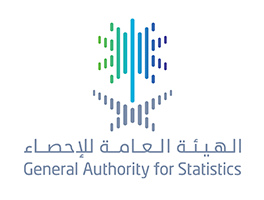
GASTAT: Industrial Production Index Increases by 7.3% in December 2022
09-02-2023
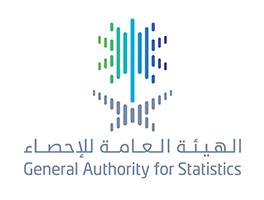
Total expenditure on research and development in Saudi Arabia reaches 14.5 billion in 2021
08-02-2023
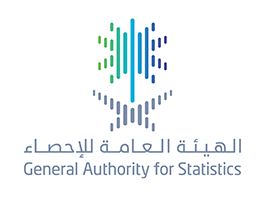
Saudi Economy Grows by 8.7% in 2022 and 5.4% in Q4/2022
07-02-2023
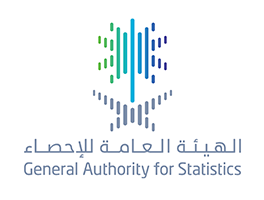
GASTAT: Real estate price index increases by 1.6% in Q4 of 2022
26-01-2023
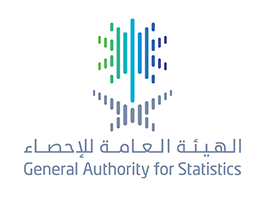
Industrial Production Index Increases by 8.6% in November 2022
26-01-2023
GASTAT joins Gulf statistical agencies in celebrating Gulf Statistics Day
26-01-2023
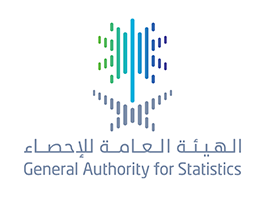
Saudi Arabia’s merchandise exports Increase in November 2022 by (3.6%)
25-01-2023
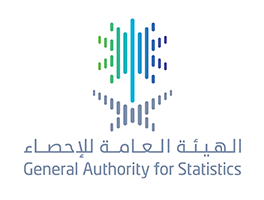
General Authority for Statistics & SDAIA Sign a MoU to Exchange Expertise and Support GASTAT’s Competitive Position in the Field of Data
29-12-2022
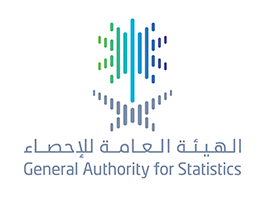
Non-Oil Merchandise Exports Increase by 4.4% in October 2022
22-12-2022
Real GDP Grows by 8.8% in Q3 of 2022
11-12-2022
Industrial Production Index Increases by 14.1 % in October 2022
11-12-2022
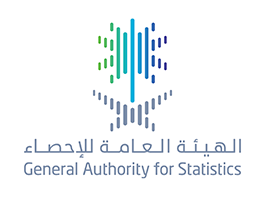
Non-Oil Merchandise Exports in Saudi Arabia Increase by 13.1% in Q3 of 2022
24-11-2022
GASTAT: Industrial Production Index Increases by 15.7% in September 2022
13-11-2022
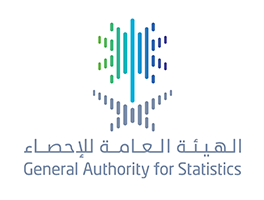
Air and Water Traffic Increase During 2021
01-11-2022
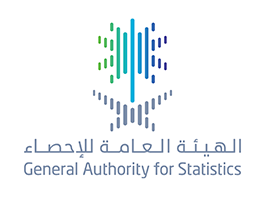
Real GDP Grows by 8.6% in Q3 of 2022
31-10-2022
Non-Oil Merchandise Exports Increase by 16.6% in August 2022
25-10-2022
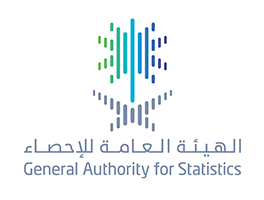
GASTAT: Real Estate Price Index Increases by 1.5% in Q3 of 2022
19-10-2022
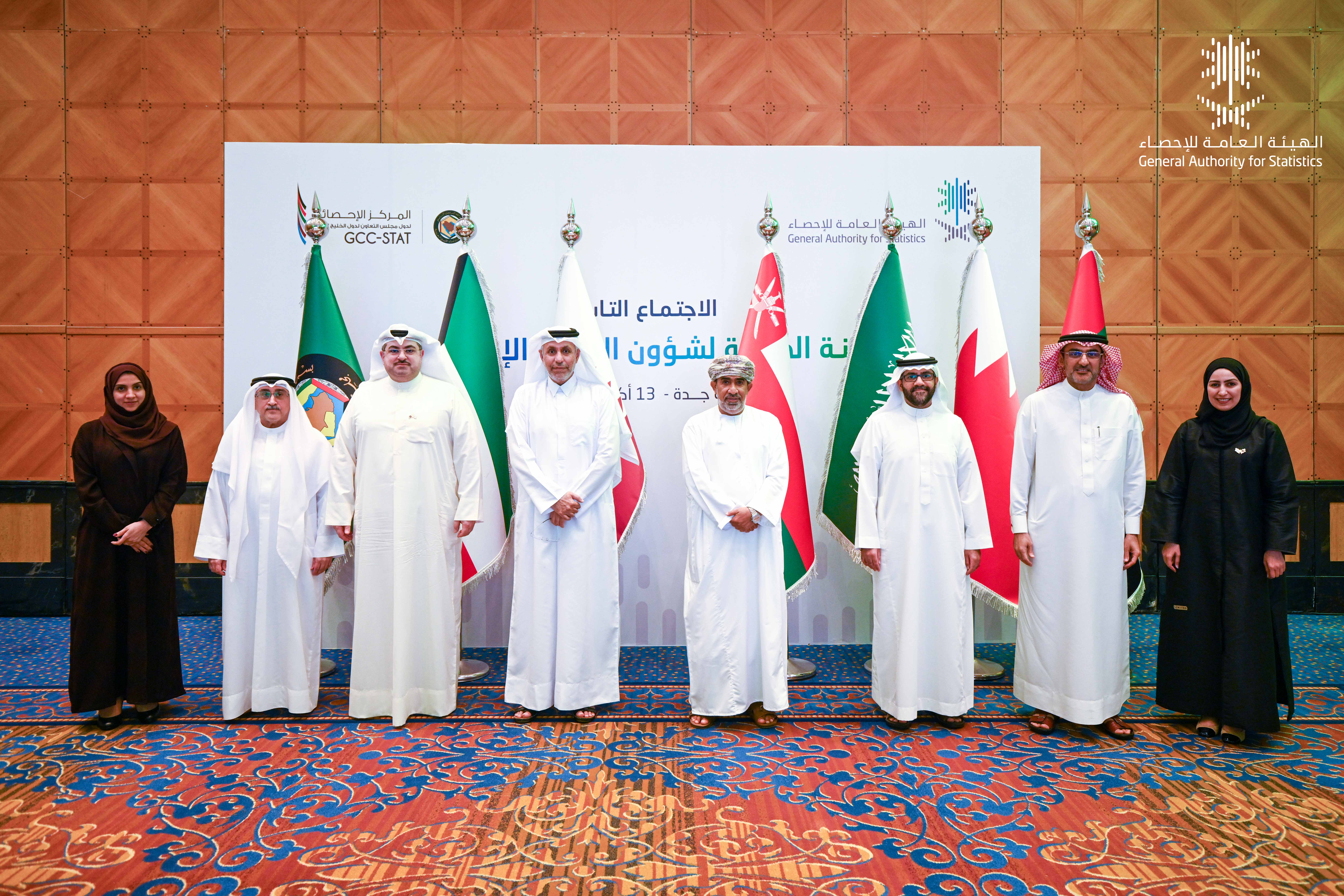
Chaired by Saudi Arabia: GCC Permanent Committee for Statistical Affairs holds its ninth meeting in Jeddah
13-10-2022
The ninth meeting of the GCC Permanent Committee for Statistical Affairs was held today in Jeddah, chaired by Dr. Fahad bin Abdullah Aldossari, the President of the General Authority for Statistics (GASTAT) in Saudi Arabia. The meeting aimed to strengthen joint efforts among GCC member states in the field of statistics.
On the sidelines of the meeting, a joint workshop was organized to enhance performance in terms of the availability and exchange of statistical data among member states and to advance the implementation of the strategic statistical plan.
During the meeting, the committee members discussed several topics aimed at promoting cooperation among GCC countries to advance the statistical sector. They emphasized the importance of collaborative efforts to achieve strategic support and coordination in statistical activities. The agenda included a review of the progress in implementing recommendations from the previous meeting, continued study of statistical indicators to measure the implementation of Supreme Council decisions, and the importance of fostering knowledge development for staff in statistical agencies. The discussion also focused on enhancing skills, sharing expertise, activating joint cooperation mechanisms, and addressing global developments and common challenges facing statistical work across the GCC countries.
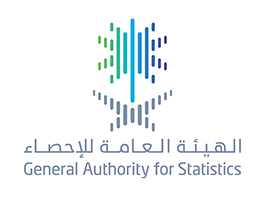
Saudi Ministry of Economy and Planning and General Authority for Statistics to enhance the use of data in the development of economic policies
03-10-2022
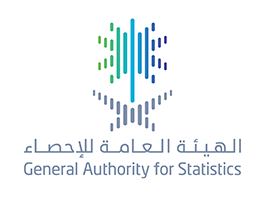
GASTAT: Saudi Unemployment Rate Decreases to 9.7% in Q2 of 2022
29-09-2022
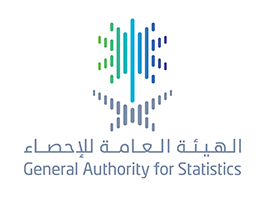
رئيس الهيئة العامة للإحصاء يهنئ القيادة باليوم الوطني الـ 92
22-09-2022
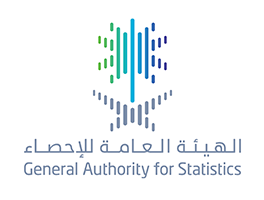
GASTAT: Non-Oil Merchandise Exports in Saudi Arabia Increase by26.4 % in July 2022
21-09-2022
GASTAT: Industrial Production Index Increases by 17.7% in July 2022
12-09-2022
Real GDP Grows by 12.2% in Q2 of 2022
07-09-2022
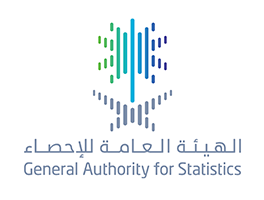
الإحصاء: تعقد اجتماعًا مع مكتب الإحصاءات البريطاني
04-09-2022
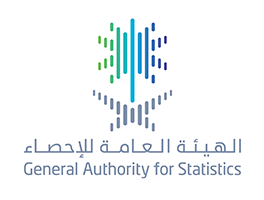
Industrial Production Index Increases by 20.8% in June 2022
10-08-2022
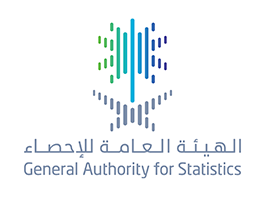
GASTAT: General Real Estate Price Index for Q2 of 2022 Increases by 0.7%
01-08-2022
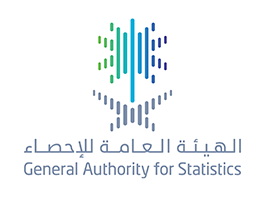
Non-Oil Merchandise Exports in Saudi Arabia Increase by 26.7% in May 2022
25-07-2022
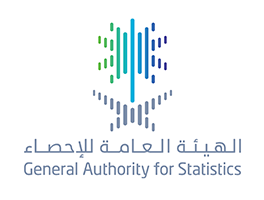
29.7% Practice Moderate Physical Activity in KSA in 2021
25-07-2022
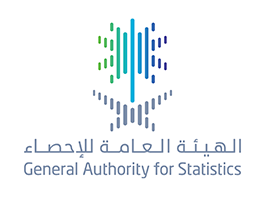
Saudi Arabia's Merchandise Exports Increase During April 2022 by (98.0%)
23-06-2022
Appointment of Dr. Fahad Al-Dossari as GASTAT's President
19-06-2022
GASTAT Conducts Statistical Surveys through Telephone Interview
12-06-2022
GASTAT: General Real Estate Price Index for Q2 of 2022 Increases by 0.7%
07-06-2022

“GASTAT” celebrates the launch of Saudi Arabia's fifth Housing and Population Census
11-05-2022
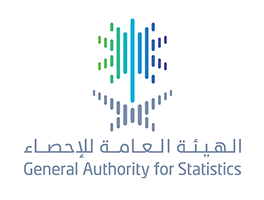
GASTAT announces Completion of “Address Canvassing” Phase in Saudi Census 2022
20-03-2022
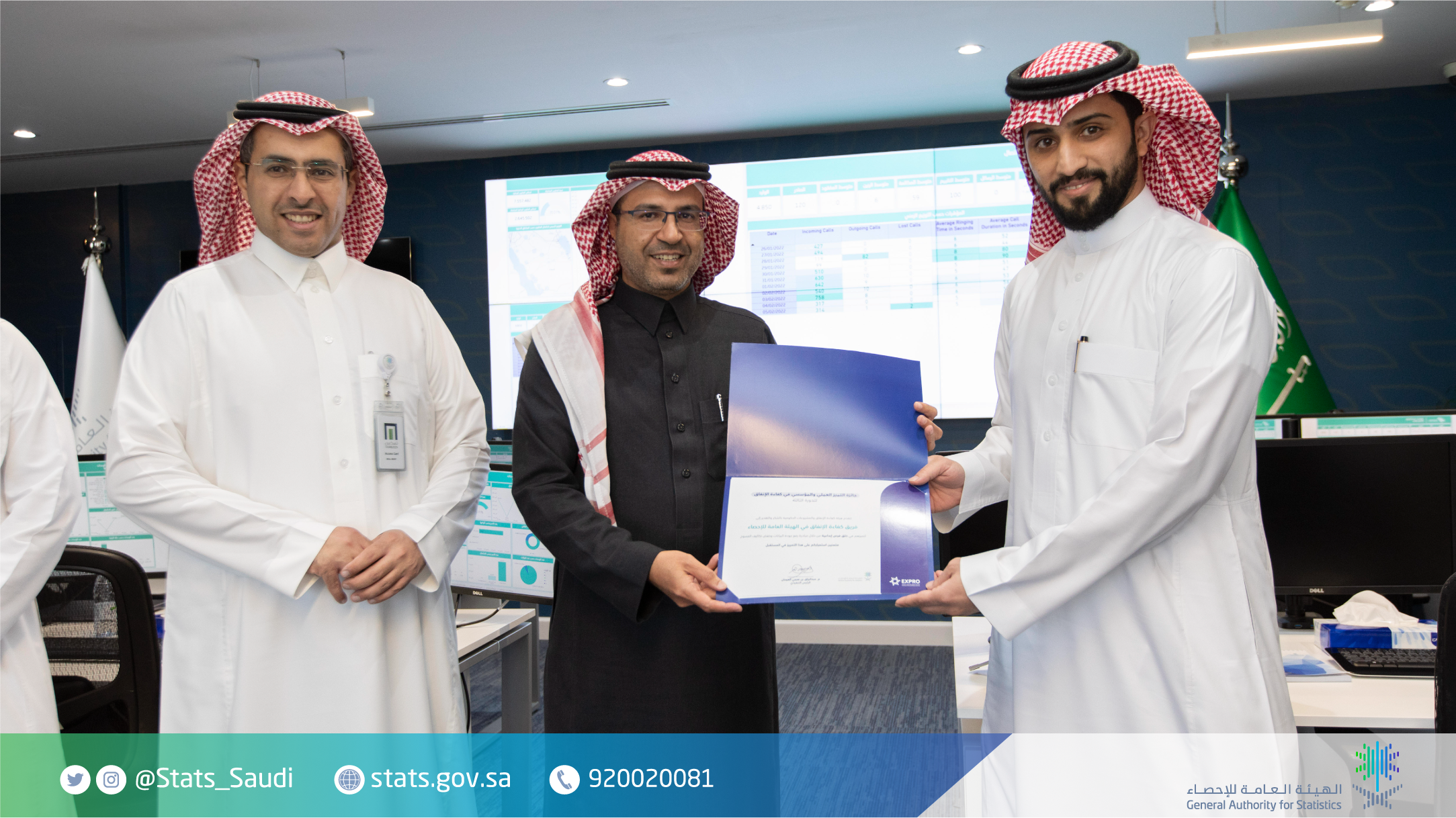
GASTAT Wins Practical and Institutional Excellence Award in Spending Efficiency
09-03-2022
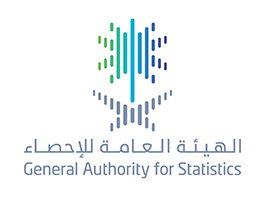
The General Authority for Statistics, in Cooperation with SDAIA, Provides Researcher ID Verification Service on Tawakkalna
01-03-2022
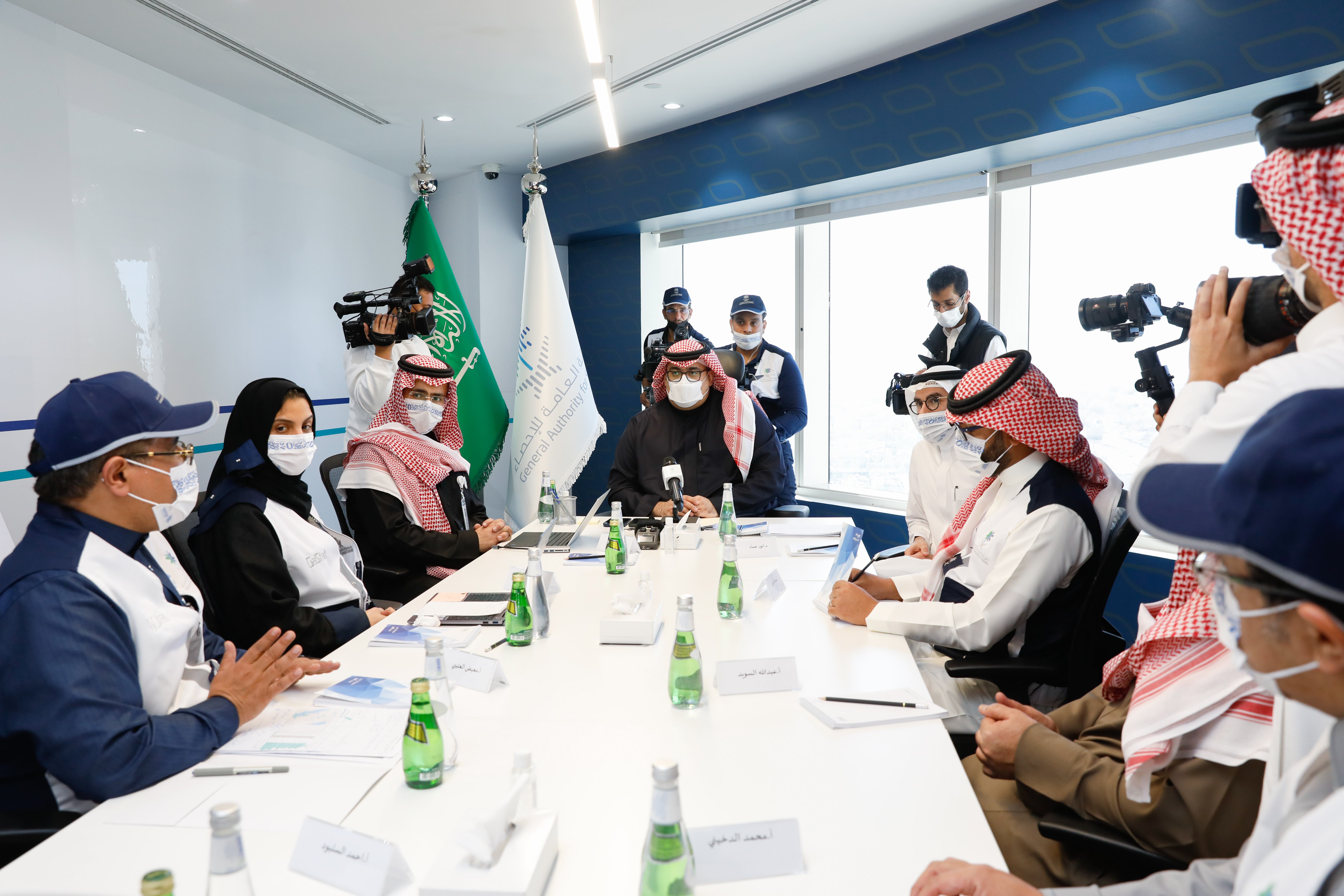
Minister of Economy and Planning inspects the "Control Room" and the "Statistical Communication Center" for the "Saudi Census 2022"
07-02-2022
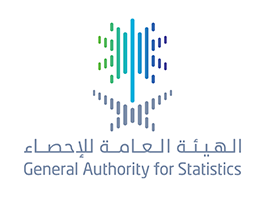
Saudi Arabia’s fifth housing and population census is approved to commence on May 9, 2022 (Shawwal 8, 1443)
26-01-2022
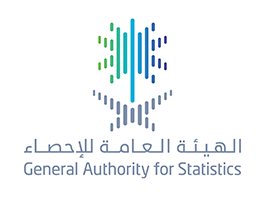
GASTAT Launches the Establishments’ Business Statistics Survey
18-01-2022
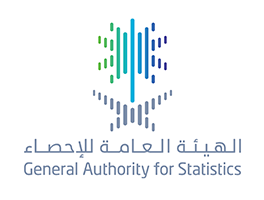
تعداد السعودية 2022م ركيزة أساسية لرؤية المملكة 2030
10-01-2022
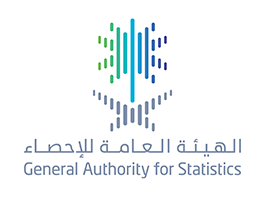
Unified electronic platform (statistical database) witnesses interest from researchers
06-01-2022
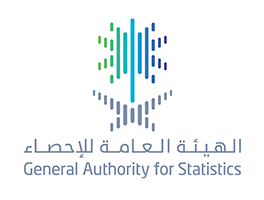
تعلن الهيئة العامة للإحصاء عن رغبتها في استئجار مبنى لموظفي الهيئة بمدينة الرياض
26-12-2021
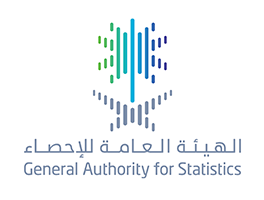
الأجهزة الإحصائية في مجلس التعاون تحتفي بيوم الإحصاء الخليجي
24-12-2021
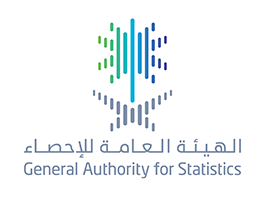
الهيئة العامة للإحصاء تطلق بوابة ترشح المتعاونين في تعداد السعودية 2022م
22-12-2021
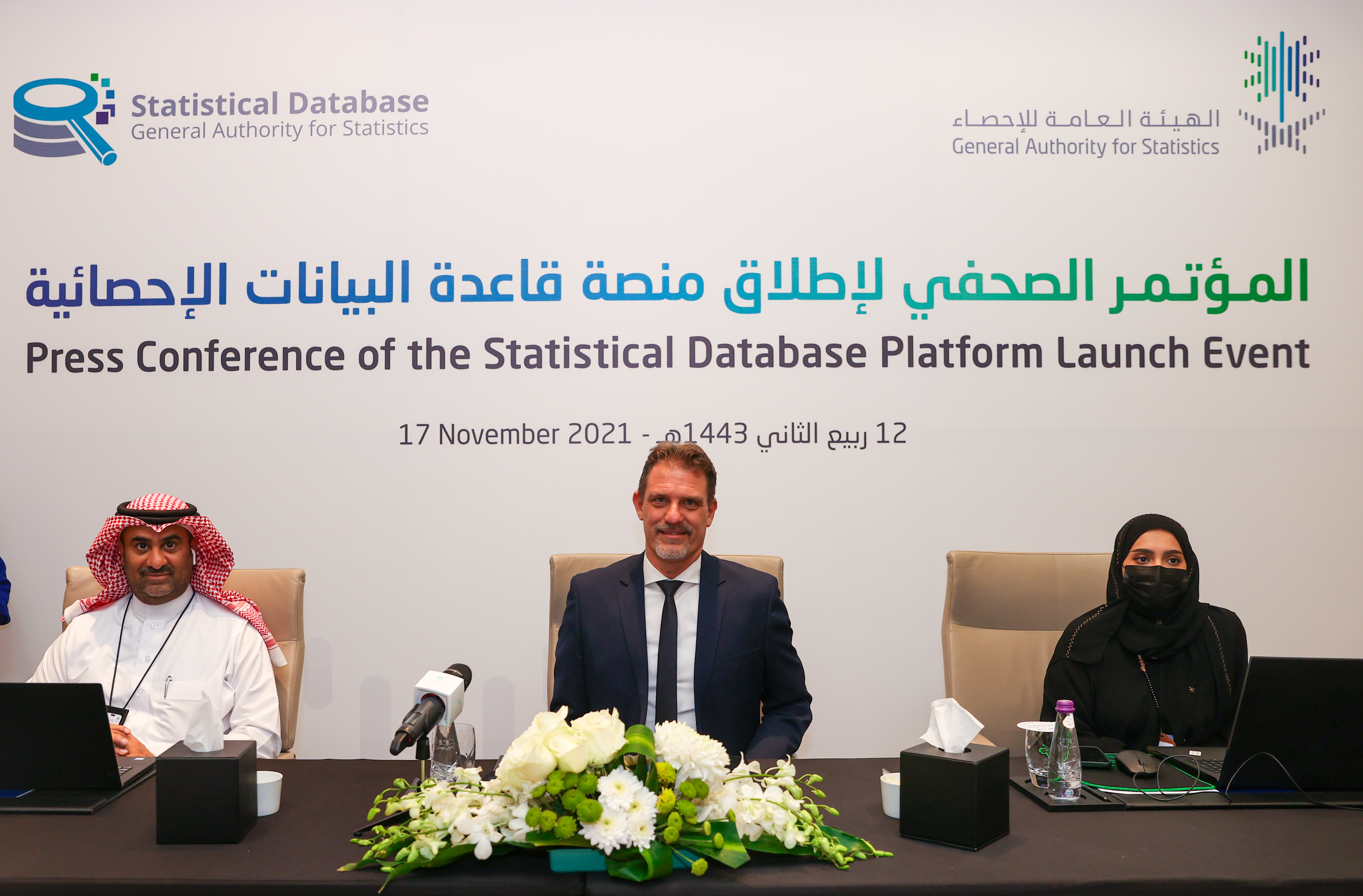
الهيئة العامة للإحصاء تطلق منصة (قاعدة البيانات الإحصائية) الموحَّدة
17-11-2021
GASTAT launches the pilot census
27-09-2021

الهيئة العامة للإحصاء تستعد لتنفيذ مسح القوى العاملة للربع الرابع من عام 2021
21-09-2021
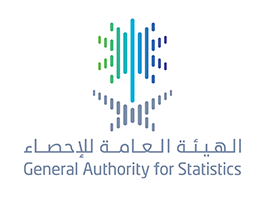
الهيئة العامة للإحصاء تستعد لتنفيذ عدد من المسوح الإحصائية عبر الهاتف
17-09-2021
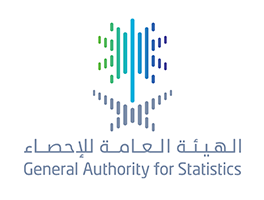
توقيع مذكرة تعاون بين الهيئة العامة للإحصاء والهيئة الملكية لمحافظة العلا
17-09-2021
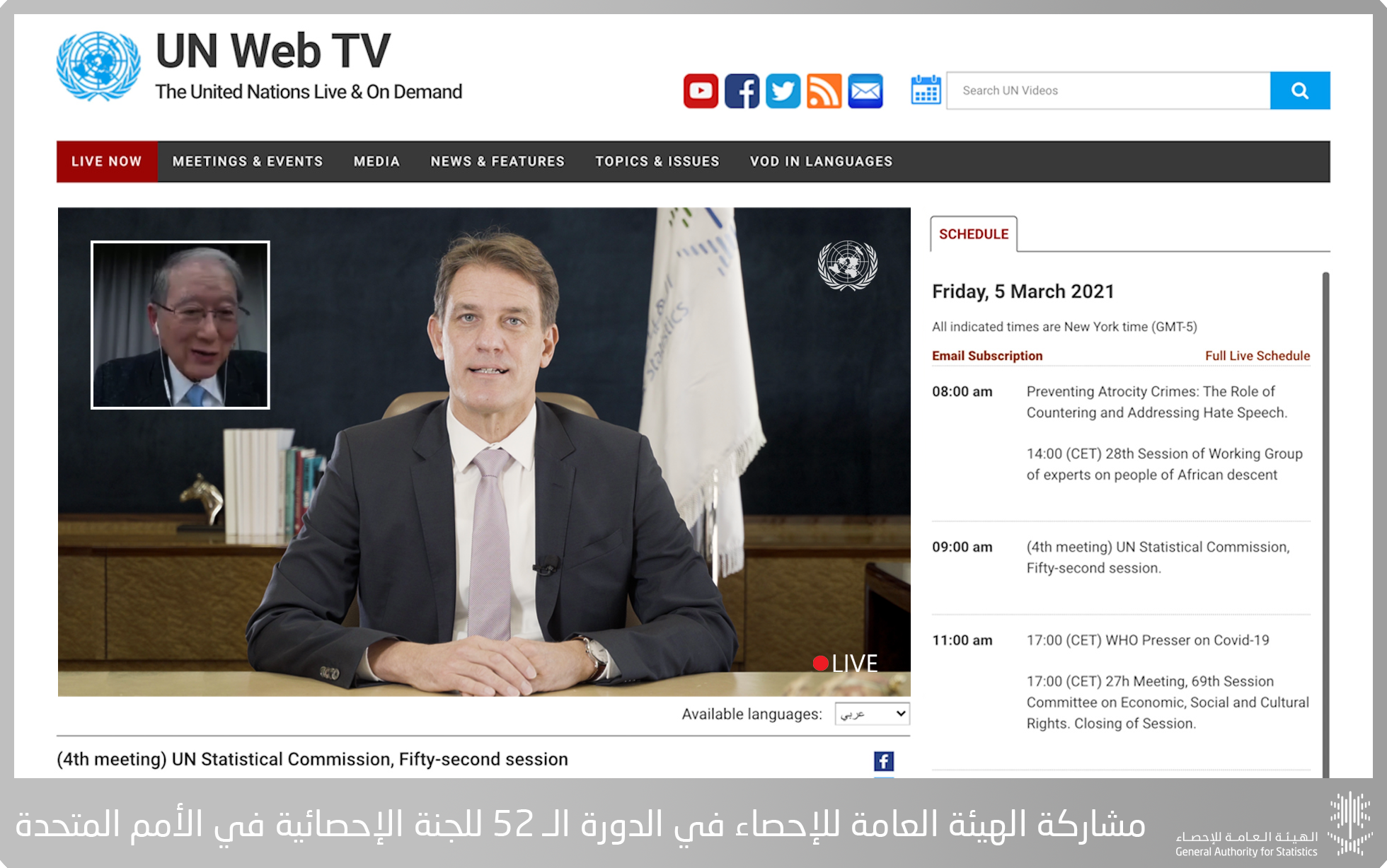
The General Authority for Statistics participates in the 52nd session of the United Nations Statistical Commission.
13-03-2021

Total Number of Pilgrims in 1444 H Reaches (1,845,045)
27-06-2023

GASTAT Organizes webinar on Saudi Census 2022
20-06-2023

GASTAT announces total number of Umrah performers and pilgrims for 1443 /2022
20-06-2023

Industrial Production Index Increases by 3.2 % in April 2023
12-06-2023

GASTAT: Saudi Economy Grows by 3.8% in Q1/2023
08-06-2023

GASTAT Publishes International Trade Report for Q1 of 2023
01-06-2023

Industrial Production Index Increases by 4.1% during March 2023
11-05-2023

GASTAT Publishes International Trade Report for Q1 of 2023
09-03-2023

Industrial Production Index Increases by 6.8% in January 2023
09-03-2023

GASTAT: Industrial Production Index Increases by 7.3% in December 2022
09-02-2023

Total expenditure on research and development in Saudi Arabia reaches 14.5 billion in 2021
08-02-2023

Saudi Economy Grows by 8.7% in 2022 and 5.4% in Q4/2022
07-02-2023

GASTAT: Real estate price index increases by 1.6% in Q4 of 2022
26-01-2023

Industrial Production Index Increases by 8.6% in November 2022
26-01-2023
GASTAT joins Gulf statistical agencies in celebrating Gulf Statistics Day
26-01-2023

Saudi Arabia’s merchandise exports Increase in November 2022 by (3.6%)
25-01-2023

General Authority for Statistics & SDAIA Sign a MoU to Exchange Expertise and Support GASTAT’s Competitive Position in the Field of Data
29-12-2022

Non-Oil Merchandise Exports Increase by 4.4% in October 2022
22-12-2022
Real GDP Grows by 8.8% in Q3 of 2022
11-12-2022
Industrial Production Index Increases by 14.1 % in October 2022
11-12-2022

Non-Oil Merchandise Exports in Saudi Arabia Increase by 13.1% in Q3 of 2022
24-11-2022
GASTAT: Industrial Production Index Increases by 15.7% in September 2022
13-11-2022

Air and Water Traffic Increase During 2021
01-11-2022

Real GDP Grows by 8.6% in Q3 of 2022
31-10-2022
Non-Oil Merchandise Exports Increase by 16.6% in August 2022
25-10-2022

GASTAT: Real Estate Price Index Increases by 1.5% in Q3 of 2022
19-10-2022

Chaired by Saudi Arabia: GCC Permanent Committee for Statistical Affairs holds its ninth meeting in Jeddah
13-10-2022
The ninth meeting of the GCC Permanent Committee for Statistical Affairs was held today in Jeddah, chaired by Dr. Fahad bin Abdullah Aldossari, the President of the General Authority for Statistics (GASTAT) in Saudi Arabia. The meeting aimed to strengthen joint efforts among GCC member states in the field of statistics.
On the sidelines of the meeting, a joint workshop was organized to enhance performance in terms of the availability and exchange of statistical data among member states and to advance the implementation of the strategic statistical plan.
During the meeting, the committee members discussed several topics aimed at promoting cooperation among GCC countries to advance the statistical sector. They emphasized the importance of collaborative efforts to achieve strategic support and coordination in statistical activities. The agenda included a review of the progress in implementing recommendations from the previous meeting, continued study of statistical indicators to measure the implementation of Supreme Council decisions, and the importance of fostering knowledge development for staff in statistical agencies. The discussion also focused on enhancing skills, sharing expertise, activating joint cooperation mechanisms, and addressing global developments and common challenges facing statistical work across the GCC countries.

Saudi Ministry of Economy and Planning and General Authority for Statistics to enhance the use of data in the development of economic policies
03-10-2022

GASTAT: Saudi Unemployment Rate Decreases to 9.7% in Q2 of 2022
29-09-2022

رئيس الهيئة العامة للإحصاء يهنئ القيادة باليوم الوطني الـ 92
22-09-2022

GASTAT: Non-Oil Merchandise Exports in Saudi Arabia Increase by26.4 % in July 2022
21-09-2022
GASTAT: Industrial Production Index Increases by 17.7% in July 2022
12-09-2022
Real GDP Grows by 12.2% in Q2 of 2022
07-09-2022

الإحصاء: تعقد اجتماعًا مع مكتب الإحصاءات البريطاني
04-09-2022

Industrial Production Index Increases by 20.8% in June 2022
10-08-2022

GASTAT: General Real Estate Price Index for Q2 of 2022 Increases by 0.7%
01-08-2022

Non-Oil Merchandise Exports in Saudi Arabia Increase by 26.7% in May 2022
25-07-2022

29.7% Practice Moderate Physical Activity in KSA in 2021
25-07-2022

Saudi Arabia's Merchandise Exports Increase During April 2022 by (98.0%)
23-06-2022
Appointment of Dr. Fahad Al-Dossari as GASTAT's President
19-06-2022
GASTAT Conducts Statistical Surveys through Telephone Interview
12-06-2022
GASTAT: General Real Estate Price Index for Q2 of 2022 Increases by 0.7%
07-06-2022

“GASTAT” celebrates the launch of Saudi Arabia's fifth Housing and Population Census
11-05-2022

GASTAT announces Completion of “Address Canvassing” Phase in Saudi Census 2022
20-03-2022

GASTAT Wins Practical and Institutional Excellence Award in Spending Efficiency
09-03-2022

The General Authority for Statistics, in Cooperation with SDAIA, Provides Researcher ID Verification Service on Tawakkalna
01-03-2022

Minister of Economy and Planning inspects the "Control Room" and the "Statistical Communication Center" for the "Saudi Census 2022"
07-02-2022

Saudi Arabia’s fifth housing and population census is approved to commence on May 9, 2022 (Shawwal 8, 1443)
26-01-2022

GASTAT Launches the Establishments’ Business Statistics Survey
18-01-2022

تعداد السعودية 2022م ركيزة أساسية لرؤية المملكة 2030
10-01-2022

Unified electronic platform (statistical database) witnesses interest from researchers
06-01-2022

تعلن الهيئة العامة للإحصاء عن رغبتها في استئجار مبنى لموظفي الهيئة بمدينة الرياض
26-12-2021

الأجهزة الإحصائية في مجلس التعاون تحتفي بيوم الإحصاء الخليجي
24-12-2021

الهيئة العامة للإحصاء تطلق بوابة ترشح المتعاونين في تعداد السعودية 2022م
22-12-2021

الهيئة العامة للإحصاء تطلق منصة (قاعدة البيانات الإحصائية) الموحَّدة
17-11-2021
GASTAT launches the pilot census
27-09-2021

الهيئة العامة للإحصاء تستعد لتنفيذ مسح القوى العاملة للربع الرابع من عام 2021
21-09-2021

الهيئة العامة للإحصاء تستعد لتنفيذ عدد من المسوح الإحصائية عبر الهاتف
17-09-2021

توقيع مذكرة تعاون بين الهيئة العامة للإحصاء والهيئة الملكية لمحافظة العلا
17-09-2021

The General Authority for Statistics participates in the 52nd session of the United Nations Statistical Commission.
13-03-2021